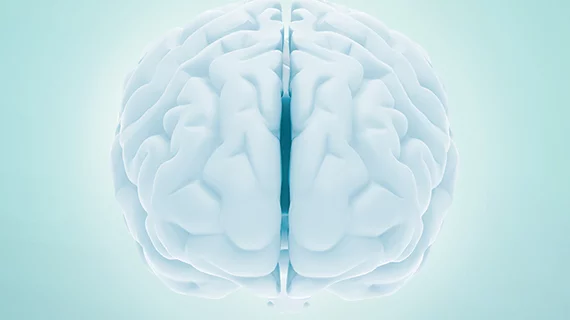Diattenuation imaging allows scientists to differentiate between brain tissues, types
Researchers can more accurately and comprehensively study the brain with a novel concept known as diattenuation imaging (DI)—a neuroimaging method that allows scientists to measure the polarization-dependent attenuation of light throughout different parts of the brain—according to a study published in Scientific Reports.
Miriam Menzel et al.’s work builds on a previous study in which the researchers honed a neuroimaging technique known as 3D polarized light imaging (3D-PLI), an approach that allowed them to study nerve fiber pathways in the brain with micrometer resolution. During a 3D-PLI measurement, histological brain sections are illuminated with polarized light, causing the light to refract at different degrees and allowing scientists to compute the spatial orientation of specific nerve fibers.
“In contrast to other microscopy techniques which are limited to smaller tissue samples, 3D-PLI allows to resolve three-dimensional nerve fiber pathways of unstained whole-brain sections at microscopic resolution—the spatial orientations of the nerve fibers are derived by measuring the birefringence of the histological brain sections with a polarimeter,” Menzel and colleagues at the University of Groningen and Forschungszentrum Jülich, a research center in Germany, wrote.
The authors said birefringence is mainly caused by the myelin sheath, which is also a major player in neurodegenerative diseases like multiple sclerosis and multisystem atrophy. With that logic, an imaging technique that builds on existing 3D-PLI has the potential to transform neurological research.
Menzel and co-authors built their DI method with a combination of diattenuation measurements and 3D-PLI, but while the latter approach measures the polarization-dependent refraction of light, diattenuation measures the polarization-dependent attenuation of light in certain brain sections. The paired techniques allowed the authors to differentiate between brain tissues, some of which were maximally transparent when the polarization of light was oriented parallel to nerve fibers and others that were more transparent when the polarization was oriented perpendicularly to the fibers.
Further testing with JUQUEEN, one of Julich’s retired supercomputers, revealed the team’s findings were also likely dependent on other tissue properties.
“Our studies demonstrate that the diattenuation signal depends not only on the nerve fibre orientations but also on other brain tissue properties like tissue homogeneity, fiber size and myelin sheath thickness,” Menzel et al. wrote. “This allows to use the diattenuation signal to distinguish between brain regions with different tissue properties and establishes diattenuation imaging as a valuable imaging technique.”
As an extension of 3D-PLI, the authors said DI could enable more precise investigation of brain tissue and make pathological changes in tissue more visible, helping physicians identify connected regions of the brain and helping to reconstruct the complex organ.

